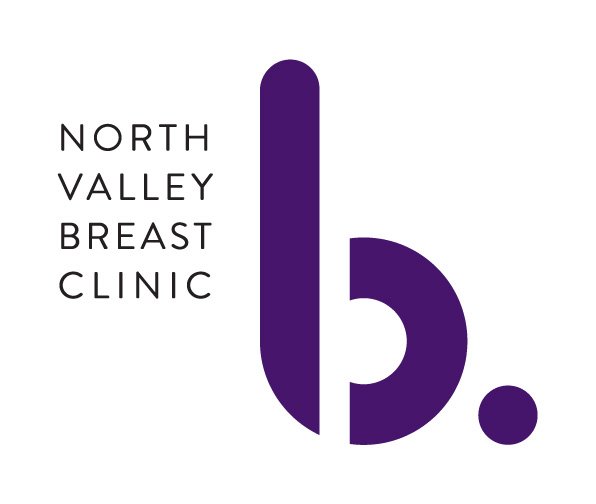Oncoplastic Surgery
Oncoplastic surgery combines the science of surgical oncology with the art of plastic surgery. Although oncoplastic techniques can be used to allow breast preservation with larger tumors, they are more commonly used to provide excellent cosmetic outcomes in women who need a mastectomy. Below you can see some examples of oncoplastic techniques used in our clients.
Nipple-Sparing Mastectomy for Cancer Treatment
Nipple-sparing mastectomies can and often are performed for the treatment of breast cancer. For selected cancers, this is a very effective and safe treatment. Radiation therapy is rarely needed after this type of treatment. This avoids radiation-related side-effects involving the chest wall, lungs, and heart. Cosmetic outcome is way better than with any other form of mastectomy, even if combined with immediate reconstruction. In many cases, cosmetic outcome is better than a lumpectomy, particularly id the cancer is below the nipple.
At the time of this image, this client was about one year out from her cancer treatment. The cancer was on the left. Both sides were treated to prevent a future recurrence. Note the excellent symmetry and skin tone, something that can only be achieved by avoiding radiation therapy.
Nipple-Sparing Mastectomy for Risk Reduction
Most nipple-sparing mastectomies are performed for risk-reduction. Risk-reduction mastectomies prevent most breast cancers from occuring. Although a cancer can still occur, the risk of developing a breast cancer after a nipple-sparing mastectomy is around 4%. The risk of developing breast cancer in a woman with no family history, or other risk factors is around 8%.
People who are good candidates for risk-reducing mastectomies include women with bad gene mutations or other risk factors that result in a high risk of developing breast cancer in the future. The technique may also be used to treat benign breast conditions that do not respond to more conservative treatment.
This client is about 6 months out from a nipple-sparing mastectomy for risk-reduction. Symmetry is excellent, something difficult to achieve in women with larger breasts.
This client elected to be larger than prior to her surgery. Small to moderate increases or decreases in size are possible with this technique.



